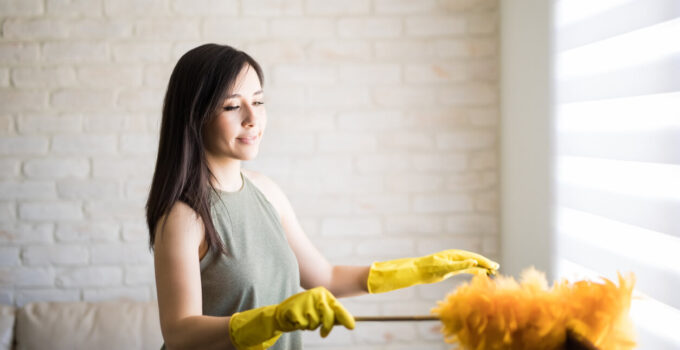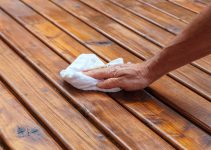Indoor allergens can be anything inside your home that can trigger symptoms of asthma and allergic reactions. Indoor air is responsible for spreading all the allergens, making it settle on surfaces, like the floor, furniture, and table. In a household setting, the main sources of allergens are pets, pillows and bedding, carpets, mattresses, and soft furniture.
Your home is the place to be, so you’ll want it to be clean and allergy-free as much as you can. If you and everyone in your household has been repeatedly and consistently suffering from colds, it’s a telling sign that your home could be filled with indoor allergens.
As you endeavor to keep your home clean, don’t just focus on how it looks. Strive, too, to give it a good, deep clean, so as not to give indoor allergens a place to thrive. From small habits, like regularly wiping your surfaces with cleaners, like PathoSans Direct, to bigger ones, like deep cleaning your home, every single cleaning tactic matters.
Learn more below.
1. Declutter Your Home

Source: angi.com
Spring cleaning may be something you abide by at home, but do know that cleaning isn’t only limited to the spring season. The bigger your family size, the more frequently you’ll have to declutter and tidy up your home as well. Like deep cleaning, decluttering is something you’ll have to do at least quarterly.
Clutter is an eye sore. The more belongings you have at home, the messier your home will be. And, it’s not just that. Clutter is the favorite settling place of dust. Think, stuffed animals, tabletop ornaments, magazines, books, and other decorative items.
If you’re feeling overwhelmed with the idea of decluttering your home (after not having done it in so long), here are tips on how you can remove clutter, one room at a time:
Spend at least five to ten minutes a day cleaning or decluttering an area of your home to avoid mess from piling up (e.g., small items that easily pile up, like trash, paper bills, kids’ artworks, empty bottles, etc.).
Have a donation bin or box in your closet at all times so you can make it a habit to immediately separate things, clothes, and other household belongings that don’t fit or that you no longer like.
Toss expired products, with the most common culprit being the kitchen and the bathroom.
2. Hire Professional Cleaners
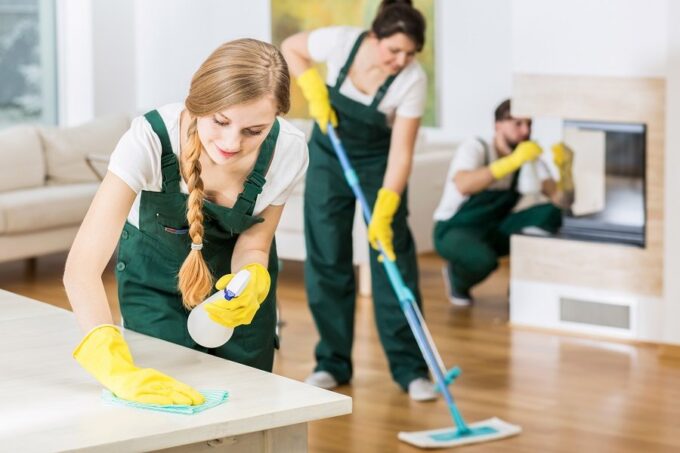
Source: homeadvisor.com
You’re busy, you have a full-time job, plus you kids to take care of. It’s not surprising at all how cleaning may usually be the last on your to-do-list. Of course, with the right time management techniques and little cleaning chores here and there, you can still keep your home clean.
If you have those services available where you’re from, why not consider hiring professional cleaners? At least do this once every quarter, or semi-annually.
Here are the reasons why paying for the services of professional cleaners is a must in your pursuit of controlling indoor allergens:
- They have high-powered cleaning tools and equipment, which you may not have at home, to clean even the most difficult crevices and nooks.
- They’re equipped with the skills and training to clean like the pros that they are.
3. Vacuum Once Or Twice A Week
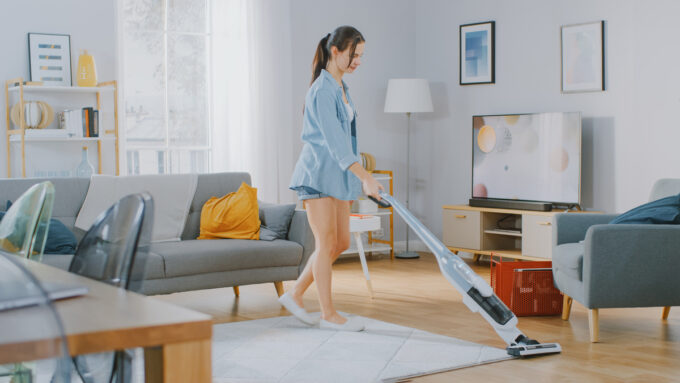
Source: choice.com.au
There are areas in your home you have to vacuum daily. Those are the high-traffic areas, like the kitchen and dining room. At least after every meal, make it a point to quickly run through your dining room and kitchen to vacuum up crumbs and other mess. It only takes a minute or two to do that.
As for the other parts of your home, however, vacuuming at least once or twice a week is sufficient—once, if you don’t have lots of carpets, and twice, if you have a carpeted floor. Doing this can help you stay on top of dust accumulation. When you clean regularly, it’ll be easier to vacuum your floors when dust hasn’t accumulated yet and hasn’t gotten too thick.
4. Replace Filters

Source: bobvila.com
Furnace filters, air purifier filters, and your air conditioning system’s filters have to be replaced at least once every three months. If you don’t, rather than blowing in clean air around your home, your air conditioners, for instance, will be spreading dirty and allergen-infested air in your home.
Air ducts are common places where allergens, like dust and pet dander, can settle. So, pay close attention to those areas as well. According to maidinhoboken.com doing this can help you stay on top of dust accumulation.
5. Change Your Beddings Regularly
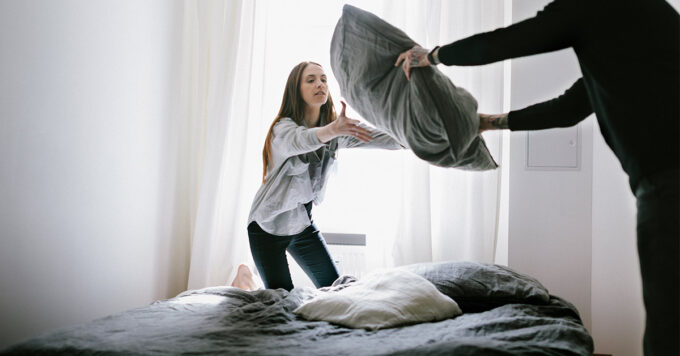
Source: healthline.com
Another common indoor allergen is dust mites. Their favorite breeding grounds are upholstered furniture, pillows, carpets, and bedding. Typically, a good rule of thumb is to replace your bedding once a week. This can help minimize the buildup of dust mites. That way, you’re guaranteed to be sleeping in a clean and allergy-free bedroom.
When you change your sheets and bedding, be sure to wash them in hot water. This will keep allergens and even bacteria out of the way. If the sun is up and the weather permits it, air drying those sheets is the better choice, too. Give your dryer a break—not only will your sheets be cleaner, but you can save a few bucks on your electricity bill, too.
6. Pay Close Attention To Your Pets

Source: petsitters.org
This sixth step here applies to households with indoor pets. Cats and dogs, in particular, are the top two culprits for indoor allergens.
If you have family members who seriously suffer from severe allergies, then the best route to take is still to keep pets out of the home. If you really want to have pets, at least just keep them outdoors.
When you decide to have an indoor cat or dog, be diligent with giving them a bath at least once a week to reduce the pet dirt they shed in your home.
Final Thoughts
Whatever the season you’re reading this in and wherever you’re from, allergens can thrive quite extensively in any home. Fortunately, there are so many ways for you to be the champion of your own home and minimize allergens thriving in it. Sneezing, itching, and runny or stuffy nose are just some of the common symptoms that may indicate that you have a high level of allergens at home. One at a time, the steps above can help you create cleaning and hygiene habits so your home can be allergen-free at last the soonest possible time.

